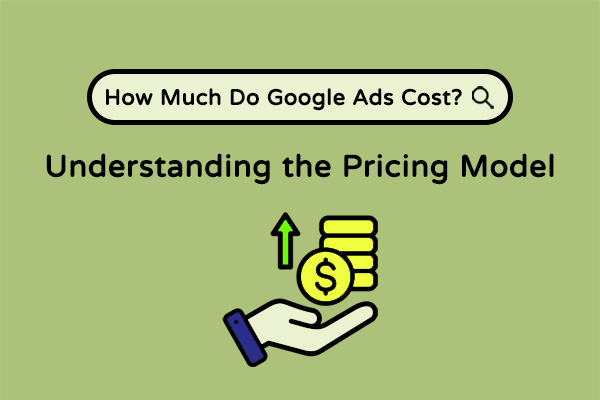
Digital advertising is an integral part of overall marketing strategies for e-commerce brands, allowing them to reach a wider audience and drive more sales. In today’s digital landscape, two major players, Meta (FKA Facebook) and Google, dominate the advertising ecosystem. Let’s explore how Meta and Google Ads work together to create a powerful digital advertising strategy specifically for e-commerce brands. By harnessing the strengths of both platforms, brands can maximize their online visibility, target their audience effectively, and drive conversions.
Leveraging Meta Advertising:
Meta, with its vast user base and advanced targeting capabilities, offers unique opportunities for e-commerce brands to connect with potential customers. Here’s how Meta advertising can complement a brand’s digital advertising efforts:

a. Precise Audience Targeting: Meta’s extensive user data allows brands to target specific demographics, interests, behaviors, and even build custom audiences. E-commerce brands can leverage this data to reach potential customers based on their online behavior, interests, and purchase intent. This makes it easy to find your precise target demographic online!
b. Engaging Ad Formats: Meta offers a variety of ad formats, including images, videos, carousels, dynamic catalog ads, and instant experiences. These formats enable e-commerce brands to showcase their products in visually appealing and interactive ways, capturing the attention of potential customers and driving engagement.
c. Retargeting Capabilities: Meta’s retargeting features allow brands to reconnect with users who have previously engaged with their website, purchased in the past, or shown interest in their products. This capability helps e-commerce brands stay top-of-mind and encourages users to complete their purchase, come back for repeat buys, or take other desired actions. Building a full-funnel system like this is a crucial piece of the digital advertising puzzle.
Harnessing the Power of Google Ads:
As the world’s most popular search engine, Google helps provide e-commerce brands with immense reach and intent-based targeting. Here’s how e-commerce brands can benefit from Google Ads:
a. Search Advertising: Google Ads allows brands to appear prominently in search engine results pages (SERPs) when users search for relevant keywords. By targeting high-intent keywords, e-commerce brands can position themselves in front of users actively looking for their products, increasing the likelihood of conversions.
b. Display Network: Google’s Display Network offers e-commerce brands the opportunity to reach a vast audience across millions of websites, apps, and videos. Through targeted display campaigns, brands can showcase their products to potential customers while they browse relevant content, effectively increasing brand visibility and awareness.
c. Shopping Ads: Google Shopping Ads provide e-commerce brands with a dedicated platform to showcase their products directly within search results. These visually appealing ads feature product images, prices, and descriptions, making it easy for users to compare options and make informed purchasing decisions.
Synergizing Meta and Google Ads for E-commerce Success:
To maximize their digital advertising efforts, e-commerce brands can strategically combine the strengths of both Meta and Google Ads:
a. Cross-Platform Remarketing: Brands can retarget users who have interacted with their Meta ads and visited their website with relevant Google Ads – and vice versa. By reinforcing brand messaging and product offerings across platforms, brands can increase their awareness, recall, and conversion rates.

b. Cohesive Messaging and Branding: Consistency in messaging, visuals, and branding is crucial across Meta and Google Ads campaigns. Maintaining a unified brand appearance and voice helps reinforce recognition and build trust among potential customers.
c. Data Integration and Analysis: By integrating data from both Meta and Google Ads campaigns, e-commerce brands gain a holistic view of their advertising performance. This integrated data enables brands to identify trends, optimize their campaigns, and make data-driven decisions to drive better results.
In the ever-evolving world of digital advertising, e-commerce brands can significantly benefit from the combined power of Meta and Google Ads. By leveraging the precise audience targeting, engaging ad formats, and retargeting capabilities of Meta, and harnessing the vast reach, intent-based targeting, and specialized ad formats of Google Ads, brands can optimize their digital advertising strategy, increase brand visibility, and drive more conversions. By understanding and effectively utilizing these platforms in tandem, e-commerce brands are more likely to be able to stay ahead in the highly competitive online marketplace.
Need help figuring out how to maximize your brand’s online advertising? Contact us today!



